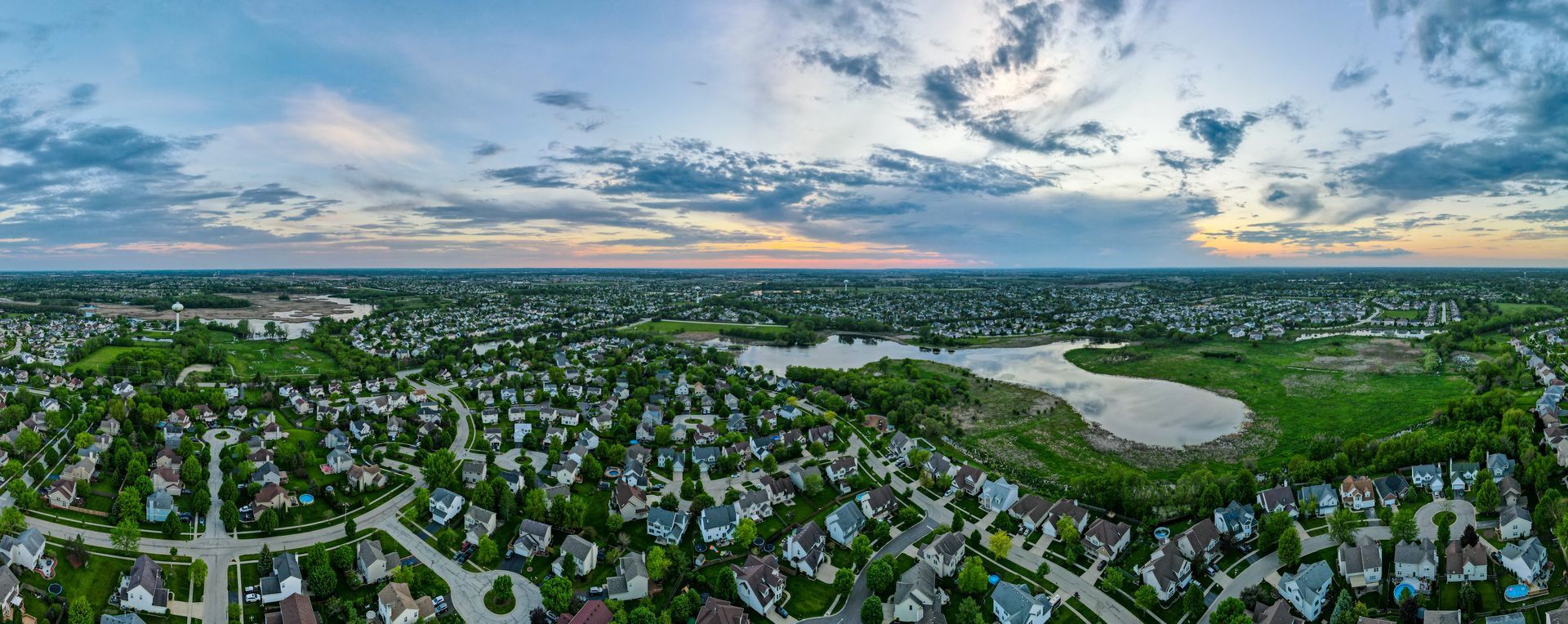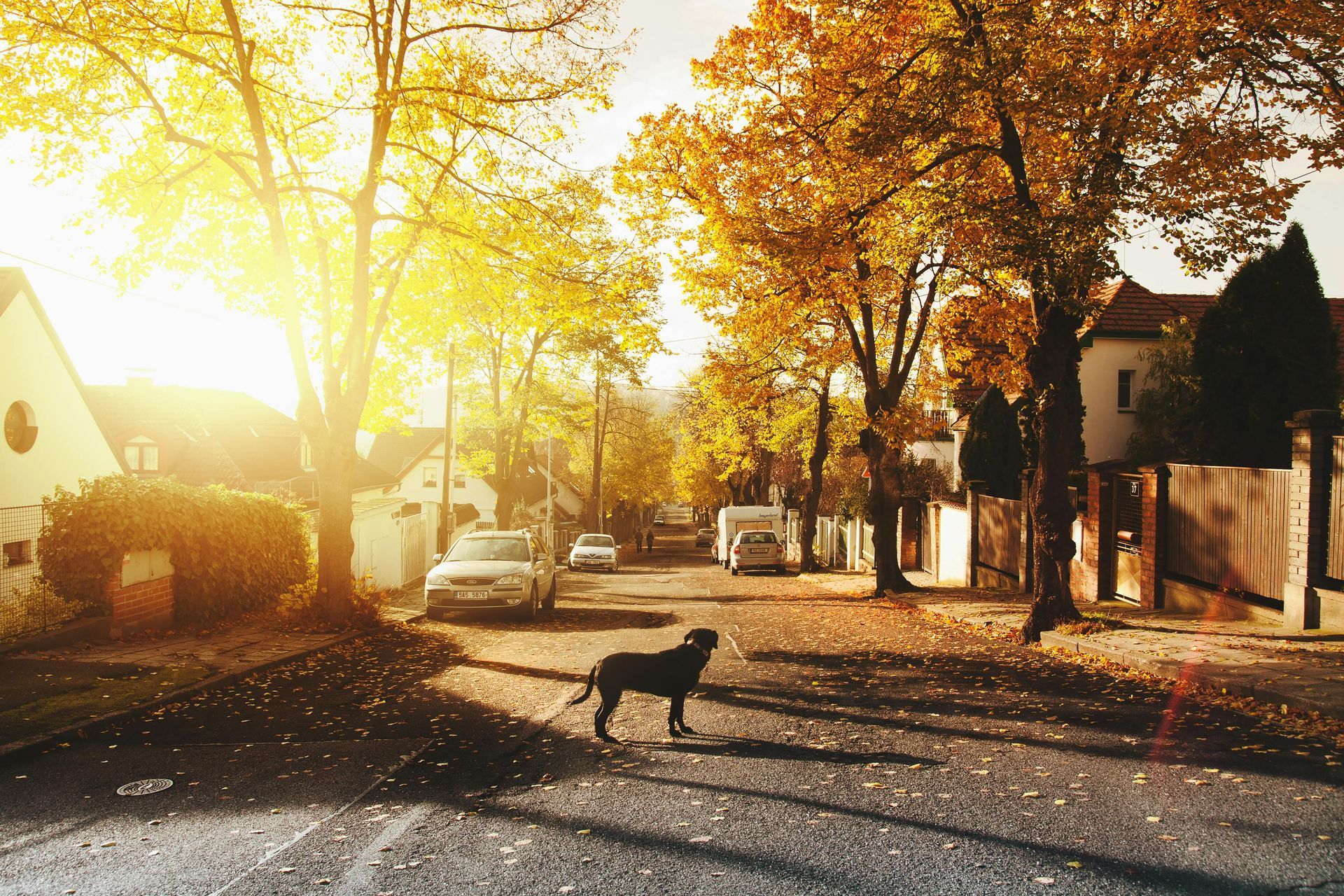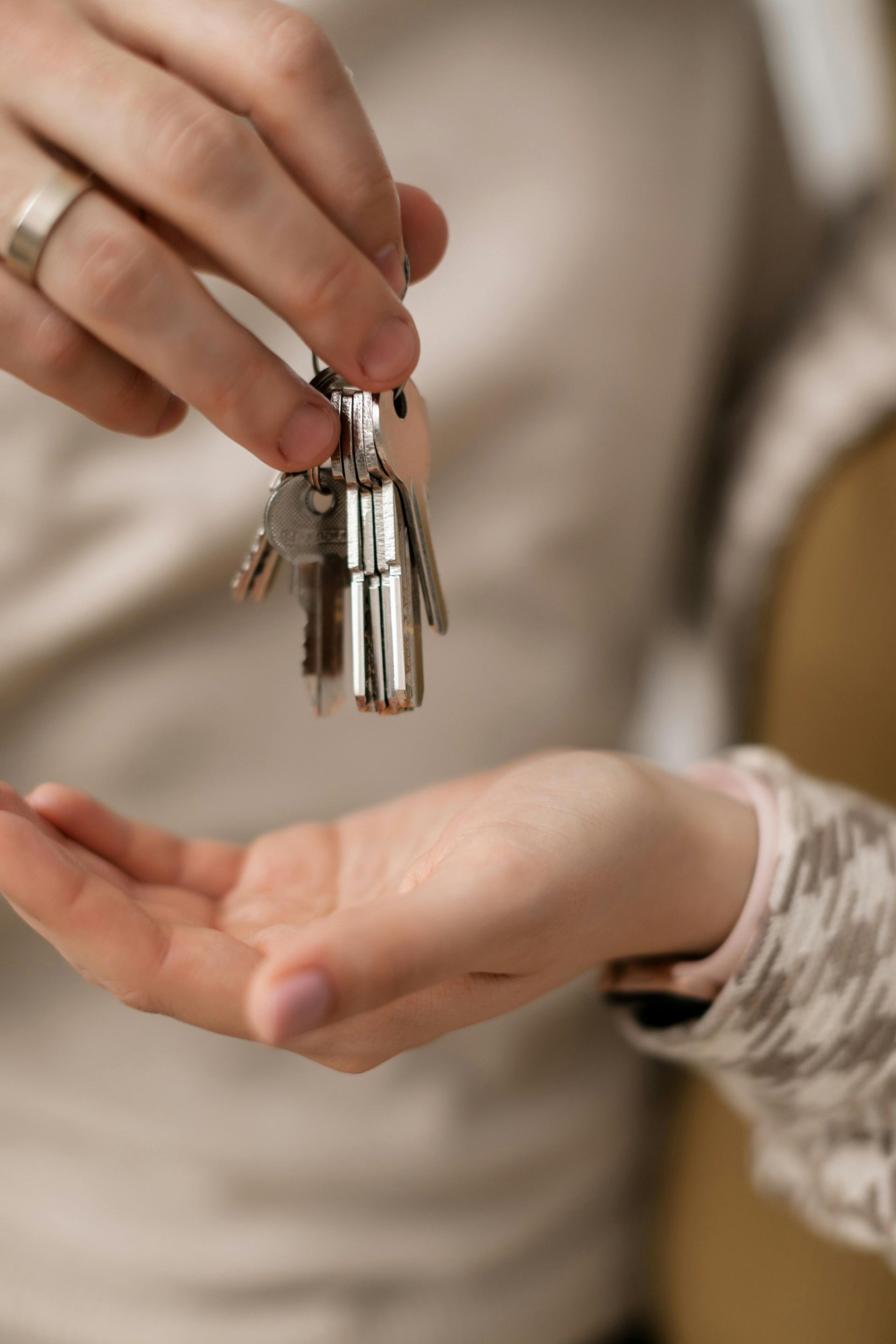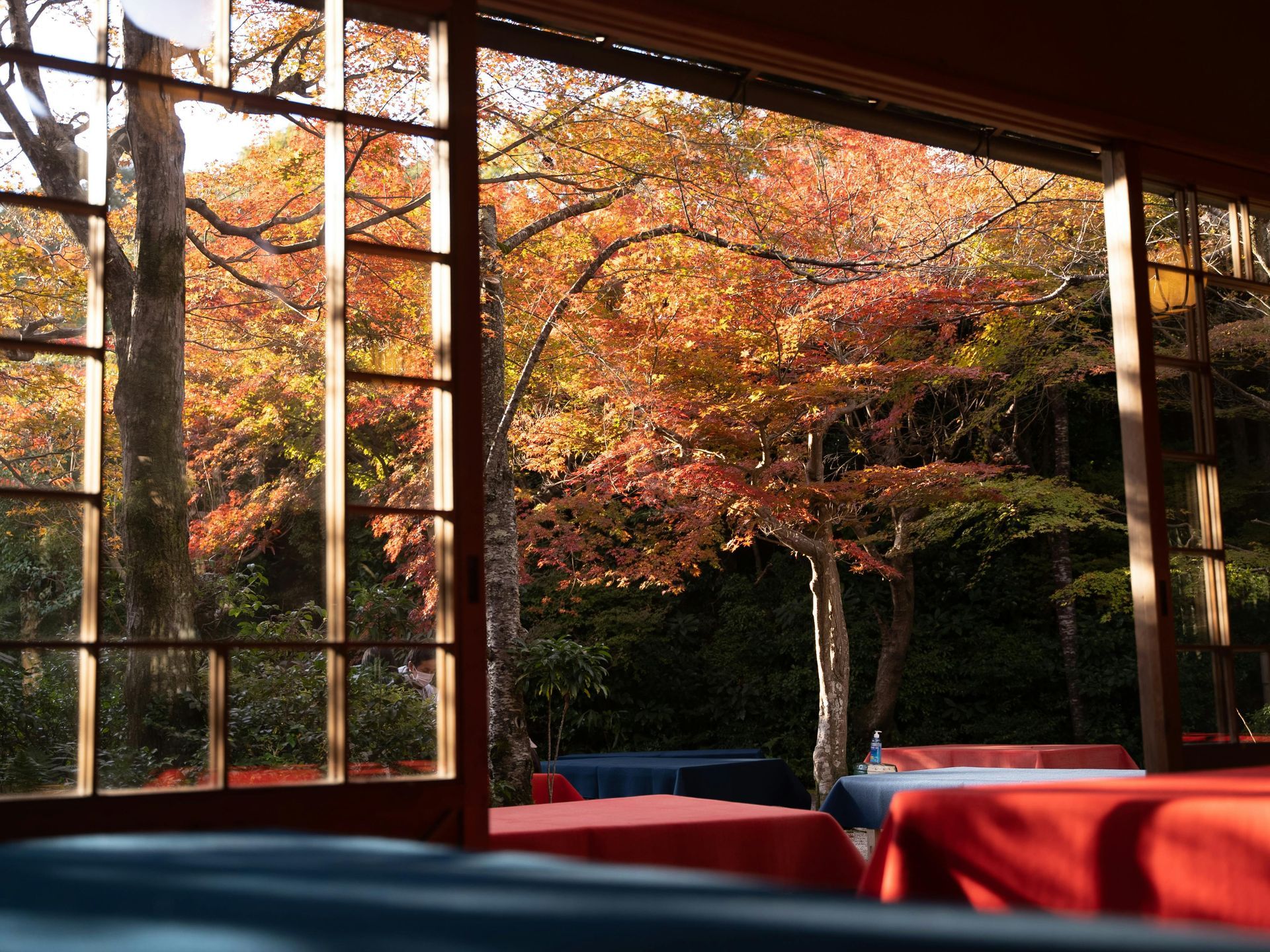The Ultimate Guide to Living in the Chicagoland Suburbs
Are the burbs calling your name?

Whether you’re looking for top-tier schools, a strong sense of community or a more spacious place to call home, the diverse, wide range of suburbs surrounding Chicago have something for everyone.
This comprehensive guide explores everything you need to know about living in the Chicagoland suburbs, including the types of communities you can expect to find, the cost of living, schools, family-friendly amenities and so much more.
If after reading this guide you’re ready to get started for your dream home in the Chicagoland Suburbs, our home listings and agent directory are the perfect place to start. When you find your home or agent on our site, you can rest assured that you’ll be connected with a trusted REALTOR® who knows the local market inside and out and can make your home search easy and efficient.
Inside this guide you’ll find sections including:
- Why Live in the Chicagoland Suburbs?
- Which Suburbs Should I Consider?
- For families
- For luxury livingFor affordability
- For an urban-oriented lifestyleIf For a nature-oriented lifestyle?
- Is Chicagoland Family-Friendly?
- Top schools
- Family-friendly amenities
- How is Commuting and Traffic in Chicagoland?
- What is the Cost of Living in Chicagoland?
- How is the Quality of Life in Chicagoland?
Why Live in the Chicagoland Suburbs?
There are so many reasons to consider the Chicago suburbs. Here are a few of the benefits our REALTORS® hear their clients celebrate most:
- More Space: The suburbs offer larger homes, bigger yards, and more room to spread out compared to most city neighborhoods.
- Lower Cost of Living: While some suburbs are pricey, many offer more affordable housing compared to comparable neighborhoods in Chicago.
- Top-Ranked Schools: Many Chicagoland suburbs boast highly rated public and private schools, making them ideal for families who value quality educational opportunities.
- Access to Nature: Parks, forest preserves and lakes provide ample outdoor recreation opportunities that are not as easily available in the city.
- Strong Community Feel: Many of Chicago’s suburban neighborhoods foster tight-knit communities with local events and institutions like churches and schools drawing families together.
- Easy Access to Chicago: With highways, commuter trains and bus routes, getting to the city for work or play is relatively convenient from many Chicago suburbs.
Which Suburbs Should I Consider?
Chicagoland is vast, with diverse suburbs catering to a wide range of different lifestyles and preferences. While we could never highlight ever great suburb in the region, here are a couple “popular” communities to consider depending on what your priorities are.
If your priorities are family-friendly amenities, consider Chicagoland suburbs like:
- Naperville: Consistently ranked among the best places to live in the U.S., known for its top schools, parks and a vibrant downtown.
- Elmhurst: Offers a mix of historic homes and modern amenities with great schools.
- Downers Grove: Has a nice blend of affordability, good schools and a charming downtown.
If you’re looking for luxury living, consider Chicagoland suburbs like:
- Winnetka: This near north suburb is home to sprawling estates, excellent schools and picturesque views along Lake Michigan.
- Hinsdale: This western suburb combines historic charm with a luxury housing stock and high-end shopping.
- Lake Forest: Known for its prestigious private schools and stunning lakefront properties, this far north suburb can be a great fit for families looking for a luxury lifestyle.
If you’re looking to maximize affordability, consider Chicagoland suburbs like:
- Aurora: As the second-largest city in Illinois, Aurora offers a nice combination of affordable housing and good schools.
- Bolingbrook: Bolingbrook residents enjoy it for its affordability, shopping and parks.
- Joliet: Joliet’s local economy is growing fast while its housing prices remain relatively affordable for budget-conscious buyers.
If you’re looking for a touch of the urban lifestyle, consider Chicagoland suburbs like:
- Evanston: Home to Northwestern University, Evanston offers a vibrant downtown, many cultural attractions and access to beautiful Lake Michigan beaches, all a quick train ride away from the city on the purple line of the “El,” the city’s mass transit system.
- Oak Park: Oak Park is known for its historic architecture, progressive community vibe and close proximity to the city.
If you want access to nature and recreation, consider Chicagoland suburbs like:
- Barrington: Barrington is known for its large lots, equestrian culture and access to the Fox River.
- Palos Park: Surrounded by forest preserves, Palos Park is ideal for hiking and nature lovers.
- Libertyville: Libertyville offers an appealing mix of lakes, trails and a charming downtown.
Is Chicagoland Family-Friendly?
The Chicagoland suburbs are extremely family-friendly, with households that have children under 18 making up a large portion of the population in the region. This is thanks in part to the amazing schools in the region, which are a common feature of many suburban communities. If you’re looking to choose a community based the reputation of its public schools, here are a few districts of the many districts you could consider:
A Few of the Top Schools in the Chicagoland Suburbs:
- New Trier High School District (Winnetka, Northfield, Glencoe, Wilmette, Kenilworth)
- Naperville District 203 & 204 (Naperville)
- Stevenson High School District (Lincolnshire, Buffalo Grove, Vernon Hills)
- Hinsdale Central High School District (Hinsdale)
All of these schools are rated 10/10 on GreatSchools.org. You can browse more high-performing schools in the region here.
Chicagoland is also home to so many family-friendly activities and amenities.
A few family-friendly highlights in the Chicagoland Suburbs:
- Brookfield Zoo (Brookfield)
- The Morton Arboretum (Lisle)
- LEGOLAND Discovery Center (Schaumburg)
- Numerous parks, bike trails, and community pools in nearly every suburban community.
Commuting and Traffic
Worries about traffic come up a lot among people who are exploring a move to Chicagoland, especially those who haven’t previously lived in the city. It’s true: traffic can be a challenge in the Chicagoland suburbs, but suburban commuters have several options:
- Metra Rail: A reliable commuter train service connecting suburbs to downtown Chicago.
- Chicago CTA Trains: The city’s mass transit system, often called the “El”, primarily serves the city, but train lines run into several suburbs as well, including Evanston, Skokie, Oak Park, Berwyn, Wilmette, Cicero and Forest park.
- Highways: Major expressways like I-90, I-294 and I-55 provide access to the city, with carpool lanes speeding up traffic during busy times.
- Pace Bus Service: A suburban bus system connecting key areas.
- O’Hare & Midway Airports: Two major airports for domestic and international travel are both in close reach of most Chicagoland suburbs.
Traffic congestion varies, with far western and northern suburbs generally experiencing less gridlock compared to those closer to the city. Day-to-day, when traveling around a specific suburb or between suburbs, traffic doesn’t tend to be a huge issue, at least not compared to regions like Los Angeles and Washington D.C.
Cost of Living
Chicagoland is a huge region, and the cost of living in the region varies greatly from area to area. However, relative to the average incomes for professionals in the area, Chicagoland is fairly affordable for an area adjacent to one of the biggest cities in the United States.
Some factors to take into account when considering the cost of living in the area include housing prices, property taxes, utilities and grocery and digging costs. Here are some example costs and average ranges in those categories for the region.
- Housing Prices:
- High-end (Winnetka, Hinsdale): $1M+
- Mid-range (Naperville, Elmhurst): $400K-$800K
- Budget-friendly (Joliet, Bolingbrook): $300K-$500K
- Property Taxes: Illinois has moderately high property taxes, often 2-3% of home value.
- Utilities & Services: Generally higher than the national average.
- Grocery & Dining Costs: Comparable to the national average and lower than Chicago itself.
Quality of Life
So with all this in mind, where does Chicagoland land as a place to live? Does it provide a high quality of life for residents? The simple answer is YES. Here are a few reasons why:
- Strong Job Market: Proximity to Chicago means access to a diverse range of job opportunities with strong income potential.
- Cultural & Recreational Activities: Theaters, museums, shopping centers and restaurants cater to all interests, and when you live in Chicagoland, you can take advantage of all the suburbs and the city have to offer.
- Health & Wellness: Top-rated hospitals and healthcare facilities in suburban areas keep residents in good care and improve outcomes when issues arise.
- Community Events: Farmers’ markets, local festivals, parades and many other events almost every weekend of the year strengthen the sense of community you’ll experience living in the Chicagoland suburbs.
The Chicagoland suburbs offer a range of living experiences, from luxurious estates to affordable and eclectic family-friendly neighborhoods. Whether you prioritize excellent schools, outdoor recreation or a short commute to Chicago for work and play, there is a perfect suburb for you. With thoughtful planning and research, moving to the Chicagoland suburbs can be a rewarding decision for both individuals and families.
If you’re considering a move, explore different suburbs, visit communities in person and weigh the pros and cons of each area to find the best fit for your lifestyle. Then, start searching for your perfect fit home or expert REALTOR® here on ChicagolandHomes.com.








